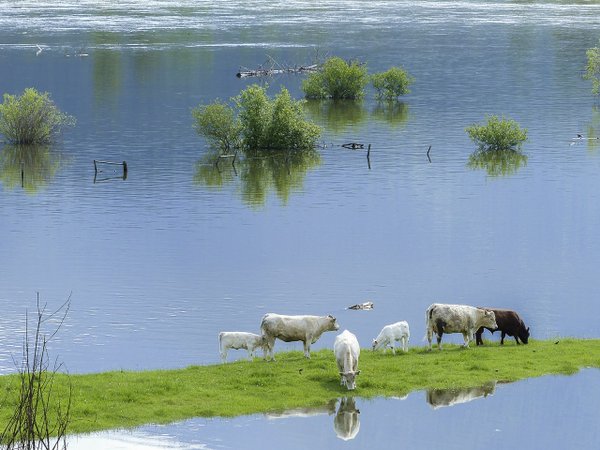With the recent floods in the north of England still fresh in the mind, the question of flood prevention is once again in the news. The tail end of last year saw the warmest and wettest December in the UK’s meteorological history, and experts are predicting that this is just the beginning.
Why Is Rainfall Increasing?
It naturally follows that as the world continues to grow warmer, so more rain will fall. However, where and when it falls is down to a number of factors, including: topography, atmospheric changes and climate. The main issue that much of northern England has faced over the last couple of months is the sheer accumulation of runoff water hitting the river systems, and the reasons for this are plentiful.
Why Can’t Our Rivers Cope With The Increased Rainfall?
Increasing urban development and constantly expanding agricultural areas are undoubtedly two of the worst culprits. On the urban side of the equation, more and more of the country is being swathed in concrete as our population expands at an alarming rate. From roads to paved front gardens, the result remains the same – poorer drainage. The countryside, too, has seen natural drainage stripped in order to accommodate food production, which, again, can largely be accounted for by the increasing number of inhabitants that we have not only in the UK but also across the world.

Better Preventative Measures Are Needed
One of the biggest problems is the language that is used when discussing such issues. More often than not, commentators and politicians concentrate on flood defence whenever problems arise, but flood prevention is equally important. Building ever-higher defence walls will not, in itself, solve any of the flood problems that we are experiencing here in Britain.
What is required is a more joined up way of thinking. Alongside improved damming we also need improved drainage to help alleviate the pressure on our river systems. This can be achieved by reintroducing the ancient woodlands that once covered our hills. Fully functioning bogs, too, will also help stop too much runoff reaching the rivers too quickly whenever heavy rainfall hits the high ground across the country.
Other forms of natural flood management can be utilised as well. Bringing back areas along our riverbanks that are free from agricultural destruction will help slow the speed in which water hits the rivers. Trees, grasses, reeds and shrubs can all help to increase the amount of frictional resistance that runoff encounters as it travels across the landscape. If they were allowed the opportunity to grow naturally as they once did in the past our natural drainage system would improve dramatically.
No Guarantees, But A Considerable Risk Reduction
While this kind of change in policy and planning will not guarantee that urban areas will no longer be affected by flooding, it will certainly help matters considerably. The removal of vital water storage areas by draining the countryside’s natural sponges, such as floodplain wetlands, for animal agriculture on the other hand only makes the issue worse.
In the meantime, residents of affected areas such as those in Calderdale, West Yorkshire, are heavily reliant on local authorities to respond once the damage has been done rather than being given the protection that they deserve.
Fraser Ruthven is the Marketing Associate for London Drainage Facilities, one of London’s leading drainage companies. London Drainage provides a wide range of drainage diagnostic and repair services in and around London.
